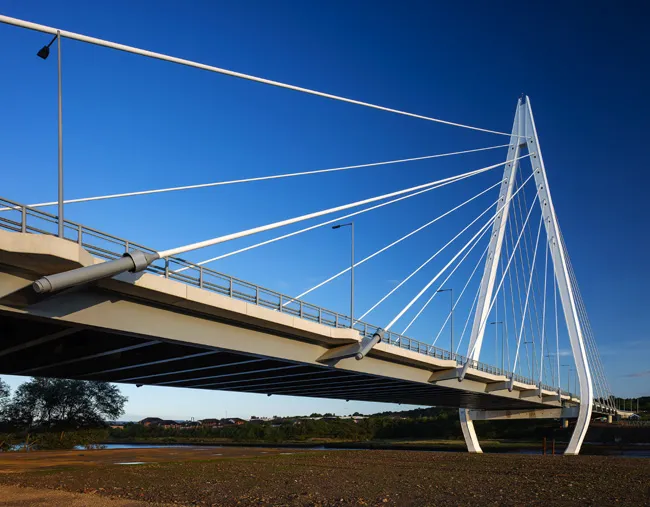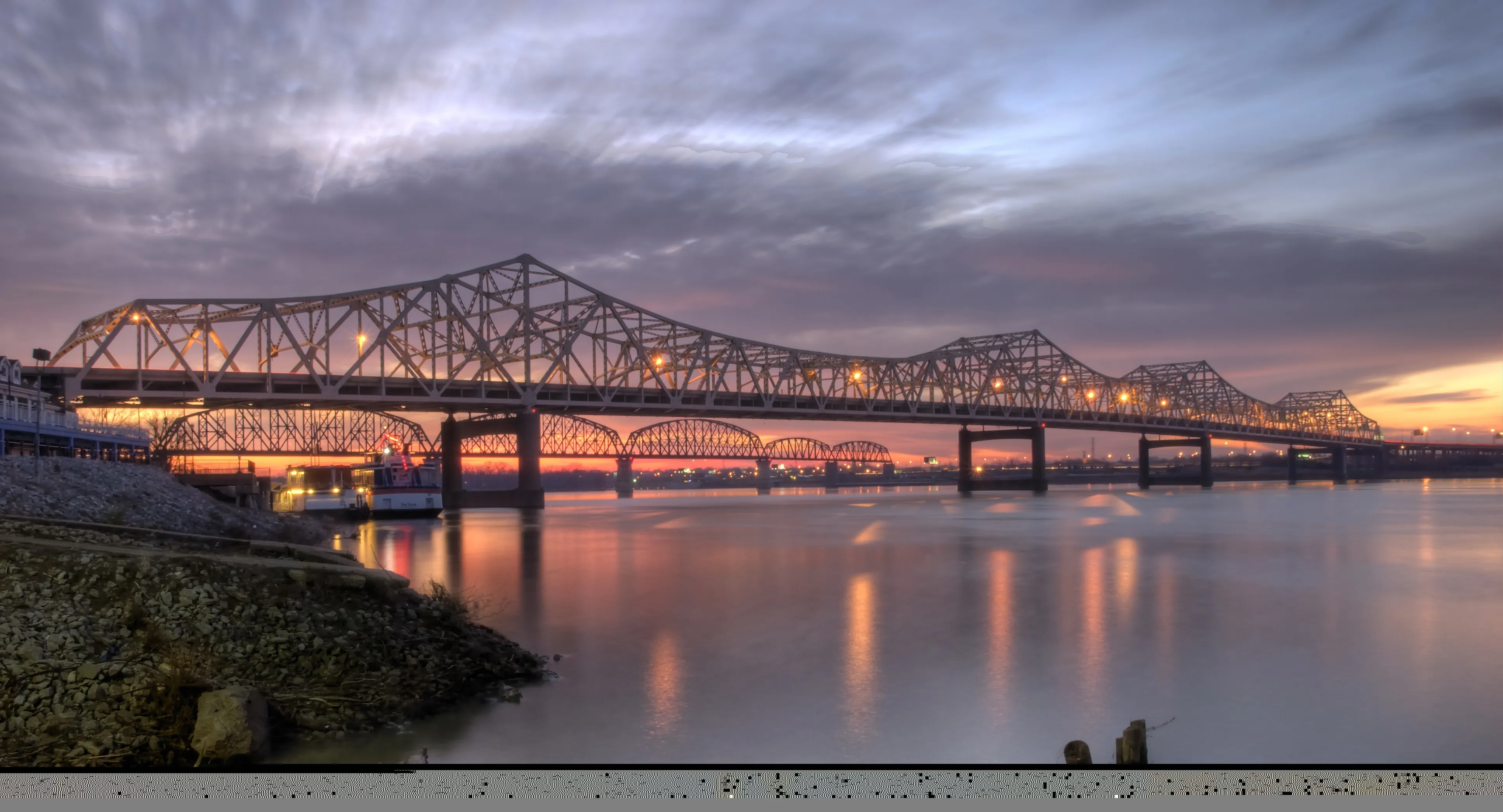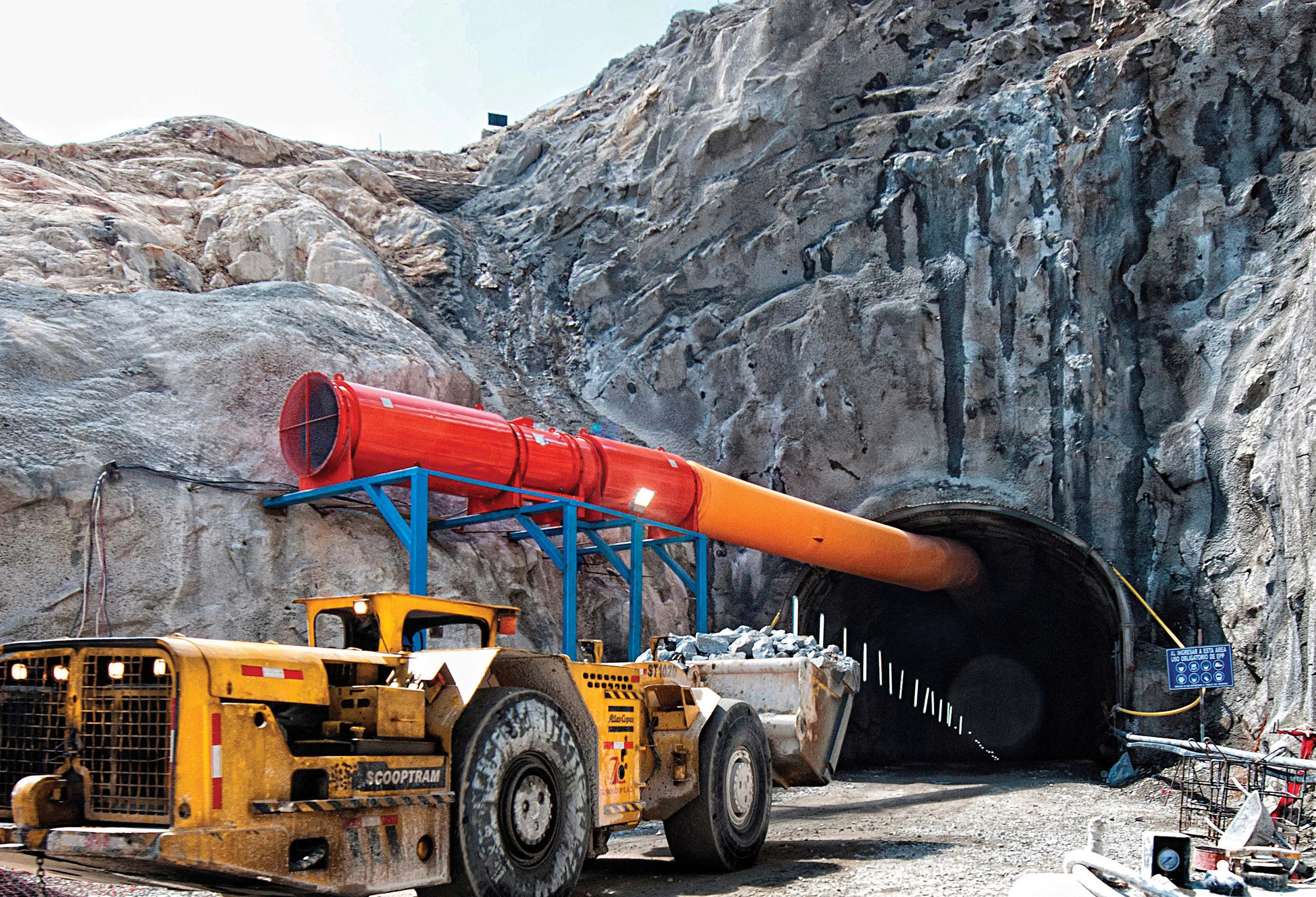Mexico’s president Felipe Calderon has inaugurated the new Baluarte Bridge, which crosses the Baluarte River in the Sierra Madre mountain range in the north of the country. This 1.12km long bridge is 403m high at its central point over the steeply sloping ravine it spans, making it the highest cable-stayed structure in the world. Officials from the Guinness Book of Records presented an award to President Calderon, reflecting the Baluarte’s new status as it is higher than the previous holder, the Millau Brid
March 22, 2012
Read time: 2 mins
Mexico’s president Felipe Calderon has inaugurated the new Baluarte Bridge, which crosses the Baluarte River in the Sierra Madre mountain range in the north of the country.
This 1.12km long bridge is 403m high at its central point over the steeply sloping ravine it spans, making it the highest cable-stayed structure in the world.
Officials from the4204 Guinness Book Of Records presented an award to President Calderon, reflecting the Baluarte’s new status as it is higher than the previous holder, the Millau Bridge in France.
The structure has presented major challenges during its construction due to the extremely difficult terrain.
Builders had to bore a tunnel at one end to access the site.
The bridge forms part of a new highway connecting Mazatlan on the country’s Pacific Coast with Durango, which will replace the existing twisting, narrow and highly dangerous route.
The new highway will feature nine bridges over 300m high including the Baluarte crossing as well as over 60 tunnels.
Once the new highway is open it will cut journey times between Mazatlan and Durango by six hours, as well as reducing the accident rate.
The highway will form part of a planned new link connecting Mexico’s Pacific and Atlantic coasts.
The official opening of the Baluarte Bridge forms part of Mexico’s celebrations to mark 200 years of independence from Spain.
Finishing work on the Baluarte Bridge has still to be completed, and the crossing will open to traffic later this year.
This 1.12km long bridge is 403m high at its central point over the steeply sloping ravine it spans, making it the highest cable-stayed structure in the world.
Officials from the
The structure has presented major challenges during its construction due to the extremely difficult terrain.
Builders had to bore a tunnel at one end to access the site.
The bridge forms part of a new highway connecting Mazatlan on the country’s Pacific Coast with Durango, which will replace the existing twisting, narrow and highly dangerous route.
The new highway will feature nine bridges over 300m high including the Baluarte crossing as well as over 60 tunnels.
Once the new highway is open it will cut journey times between Mazatlan and Durango by six hours, as well as reducing the accident rate.
The highway will form part of a planned new link connecting Mexico’s Pacific and Atlantic coasts.
The official opening of the Baluarte Bridge forms part of Mexico’s celebrations to mark 200 years of independence from Spain.
Finishing work on the Baluarte Bridge has still to be completed, and the crossing will open to traffic later this year.








